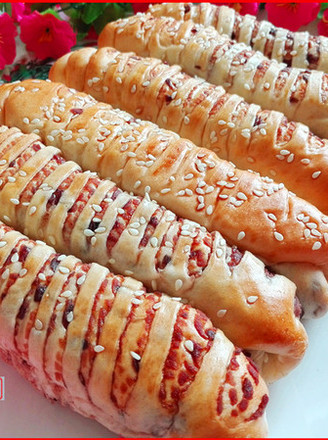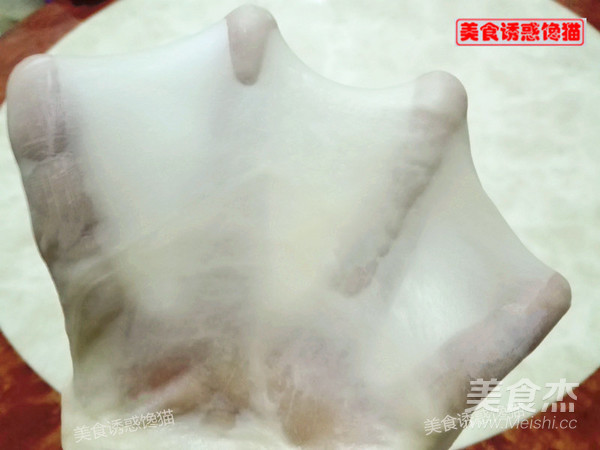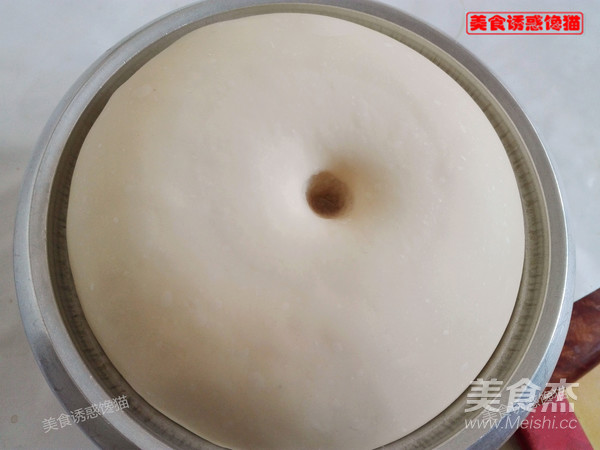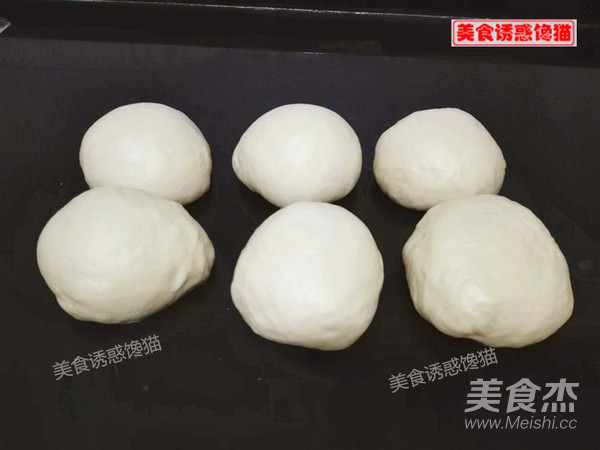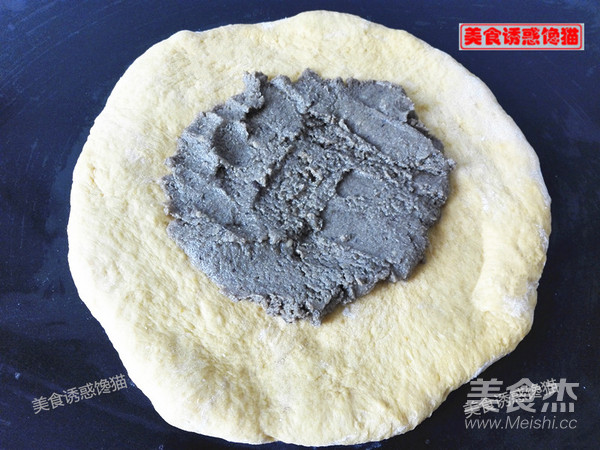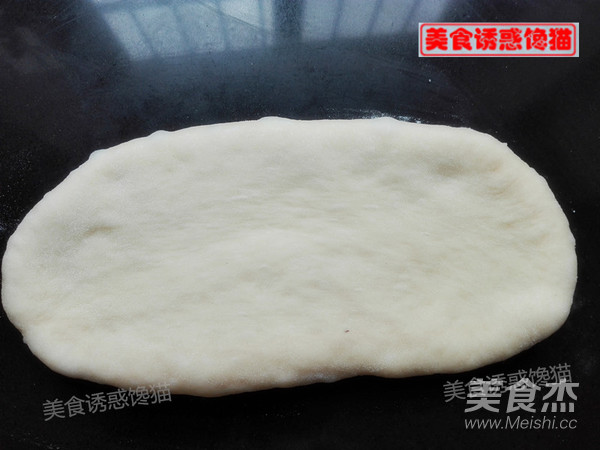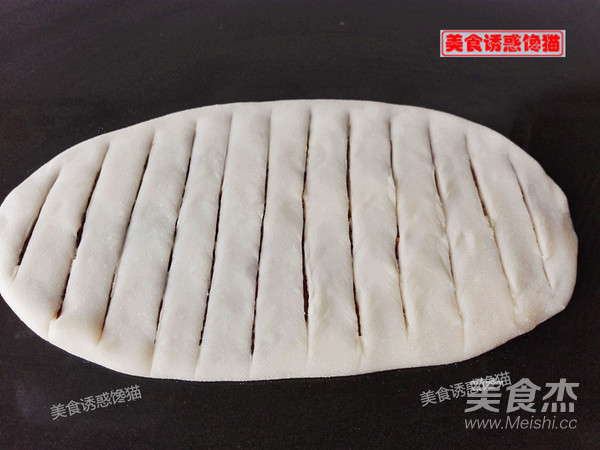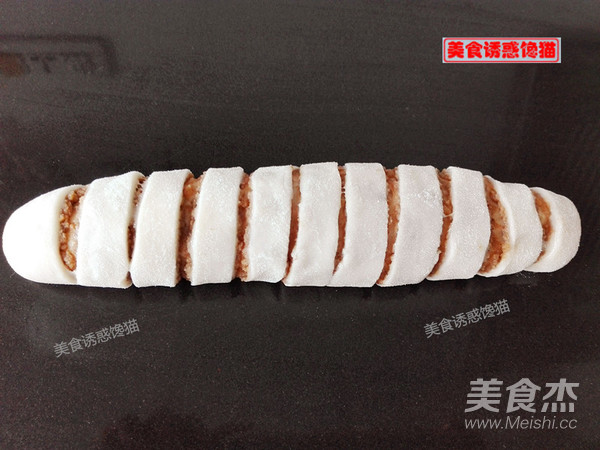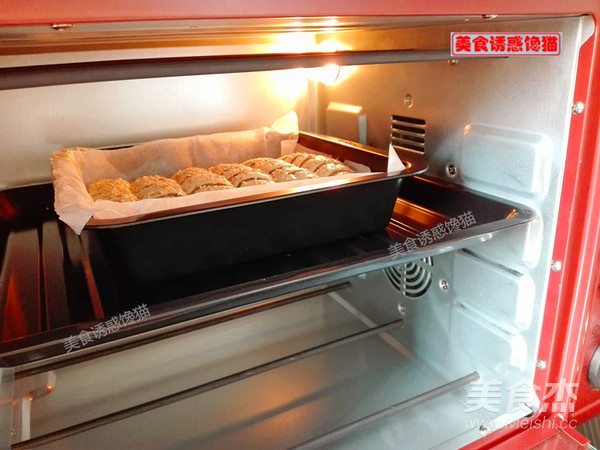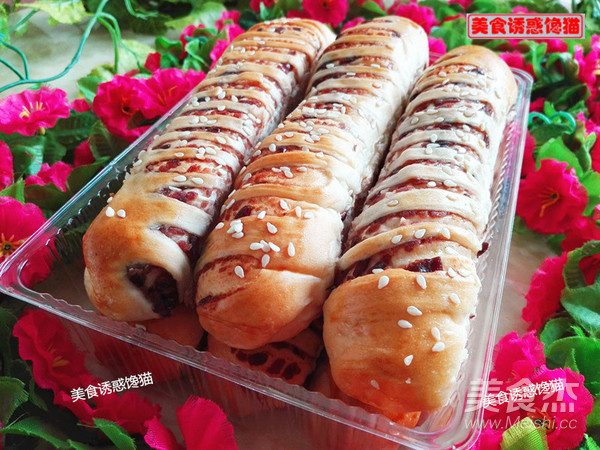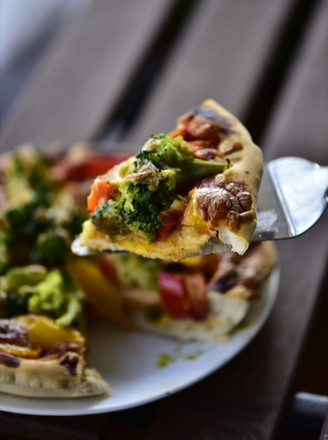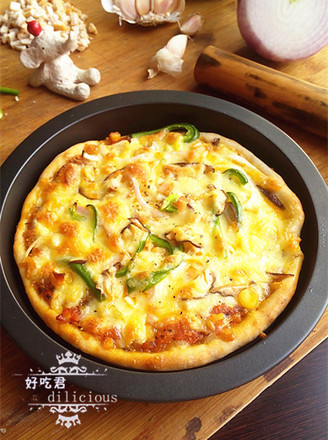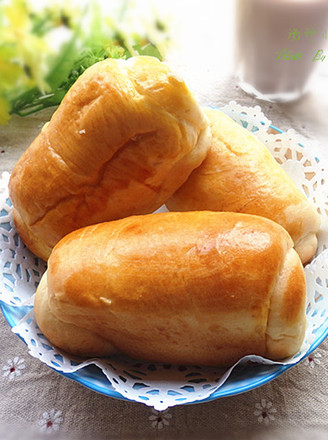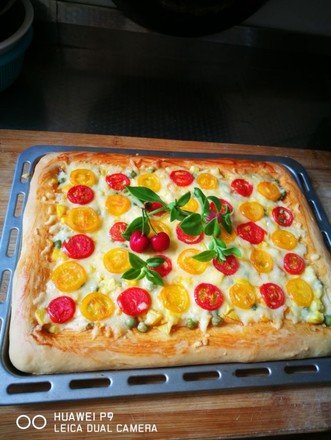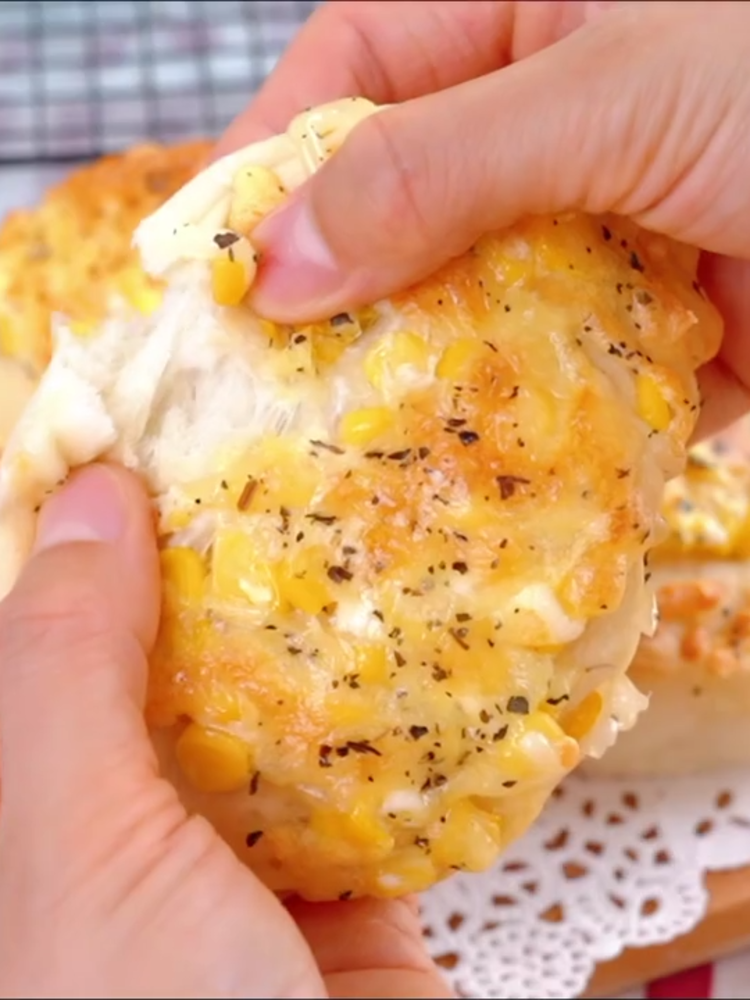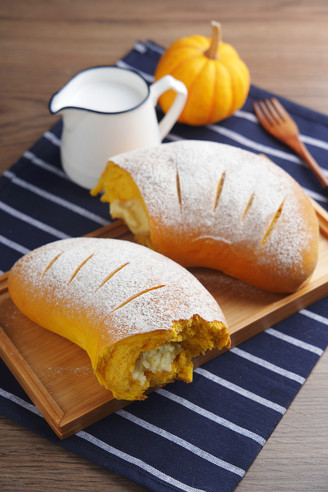Bean Paste Bread Bars
1.
Except oil, salt and yeast, mix all the ingredients and knead until there is no dry powder (milk should be added gradually, depending on the water absorption of the flour), cover with plastic wrap and relax for 30 minutes, add yeast (knead until the yeast is dissolved) →Salt (knead out a thick film, the dough is smooth, and a thicker film can be pulled out.) →Corn oil (knead to a fully expanded state, the surface of the dough is smooth and fine, and a thin and not easily broken film can be pulled out)
2.
Ferment in a warm place to double the size
3.
After fermentation, the dough is vented, divided into 6 equal parts, rounded, and covered with plastic wrap to relax for 15 minutes
4.
Take a portion of the dough, roll it into a round shape, and add the bean paste
5.
Pinch and close the mouth, with the mouth facing down, slowly roll out into a slightly longer oval shape. Do not use excessive force to prevent the filling from being broken.
6.
Use a sharp blade to make stripes on the surface. The spacing of the stripes should be as even as possible, not too thin. It is easy to be broken during the second proofing. Only scratch a layer of skin to expose the bean paste
7.
Turn the dough over and roll it into a cylindrical shape, with the closing opening facing down and the cutting opening facing up to prevent it from opening during fermentation
8.
Put the shaped dough roll into an 8-inch square mold covered with greased paper, and then proof it to 1.5 times its size. Brush the surface with egg wash and sprinkle some white sesame seeds.
9.
Preheat the oven, middle and upper layer, bake at 130 degrees for 30 minutes (adjust the baking time and temperature according to your own oven), and the color is satisfactory and the tin foil is covered
10.
Take it out immediately after roasting, and brush the surface with a layer of corn oil
11.
Seal and store when there is residual heat
Tips:
1. Adjust the baking time and temperature appropriately according to your own oven.
2. During the baking process, it is found that the surface of the bread can be covered with a layer of tin foil after being colored.
3. Don't over proof the second time, so as not to break the rolled dough.

